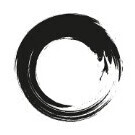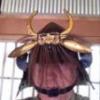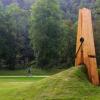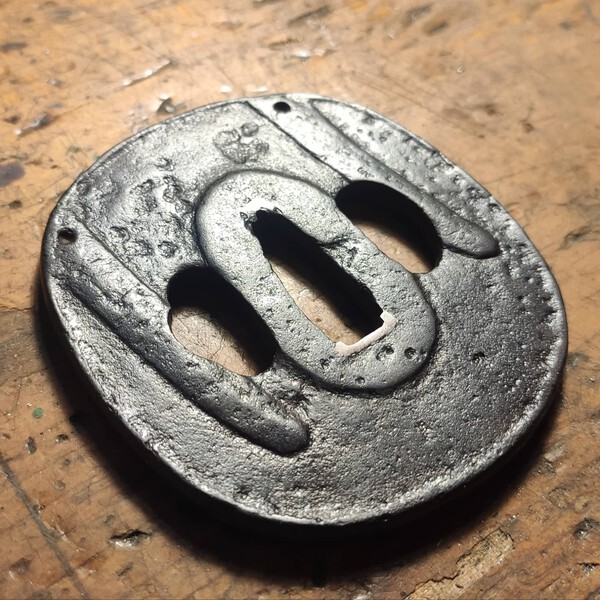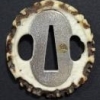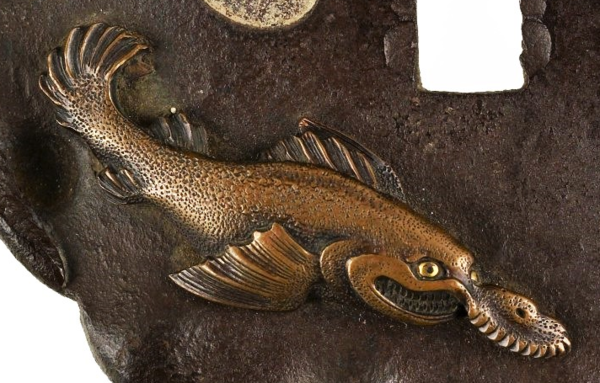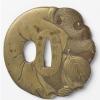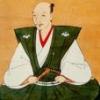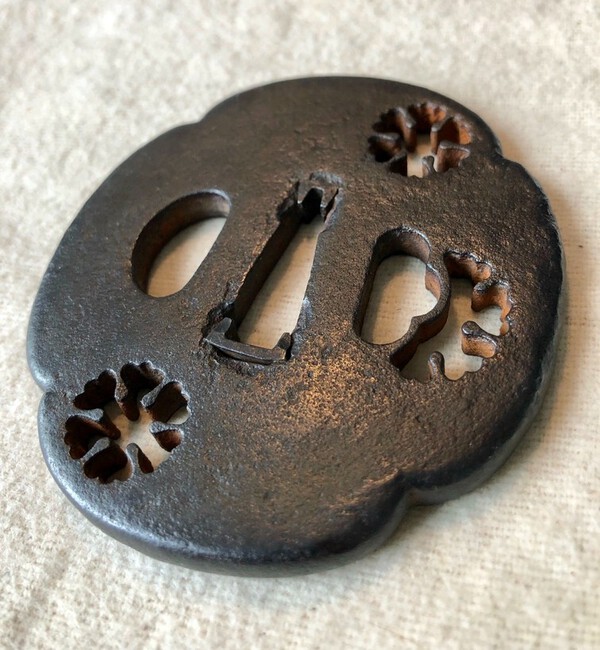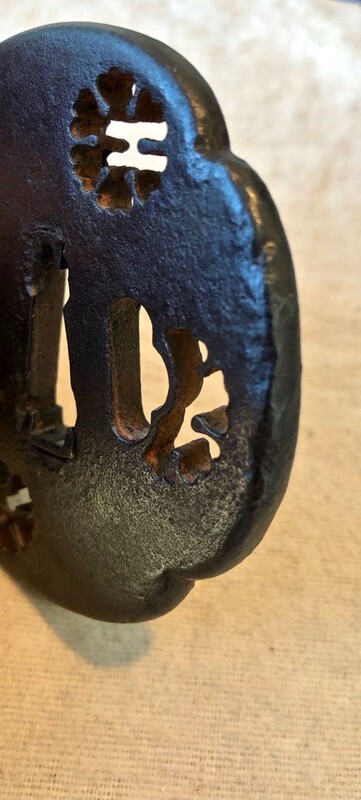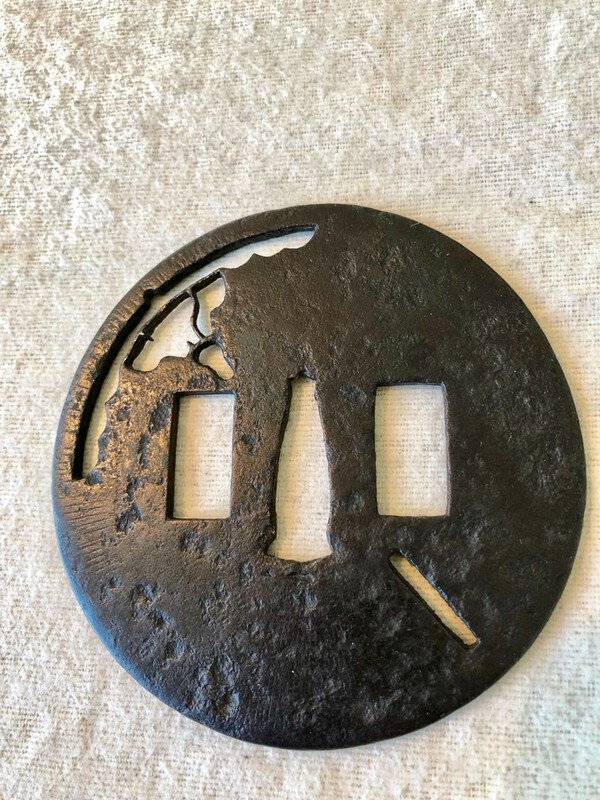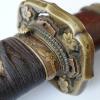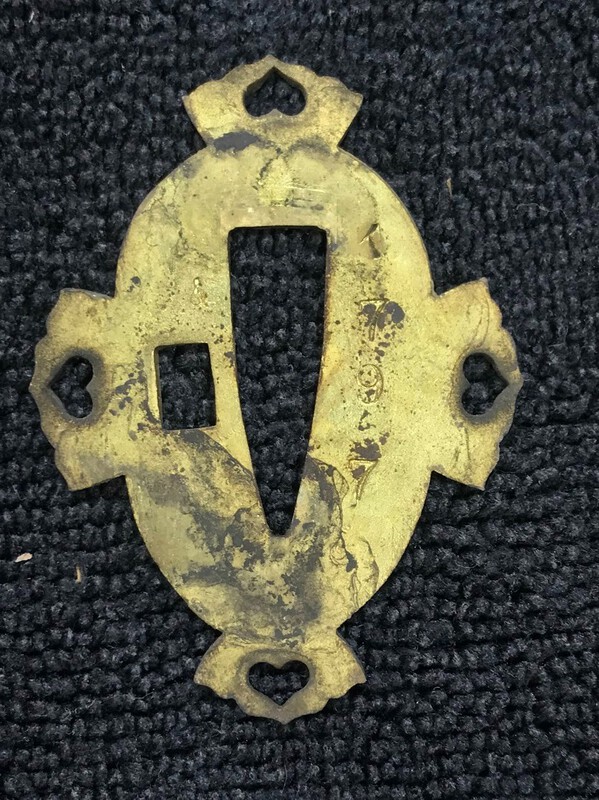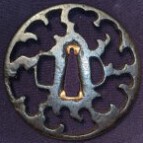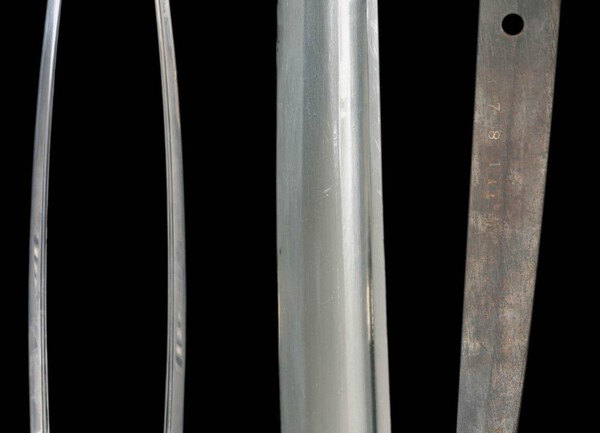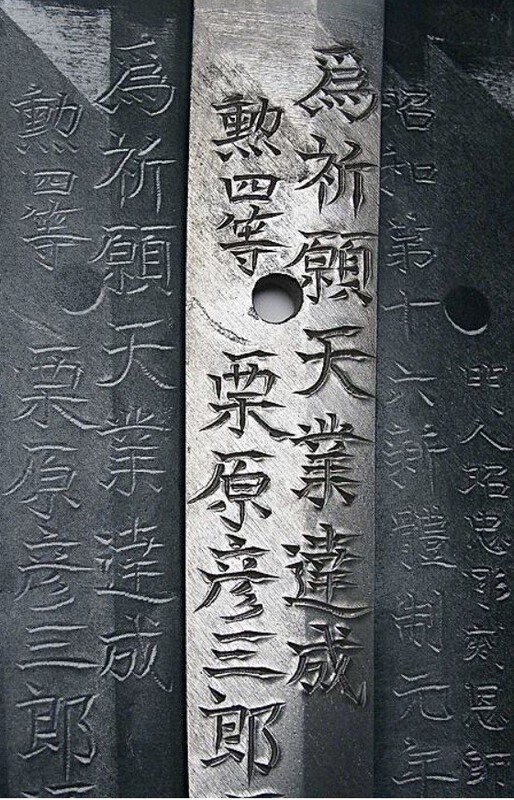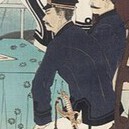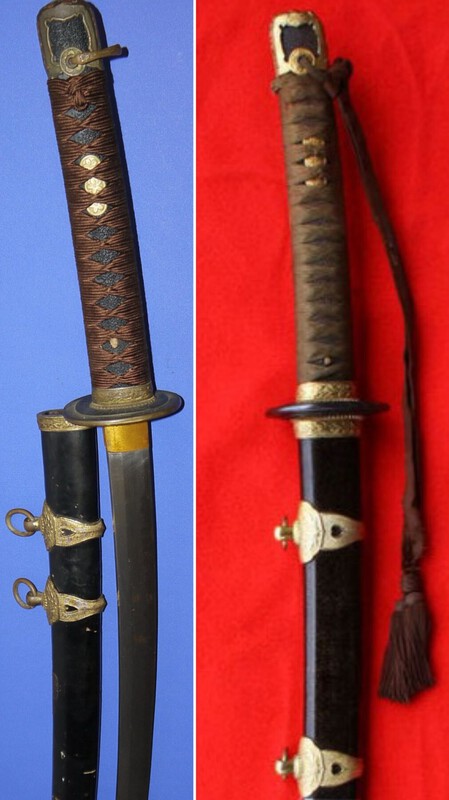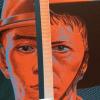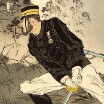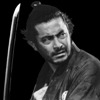Leaderboard
Popular Content
Showing content with the highest reputation on 09/24/2022 in all areas
-
Some of you might remember my shipwreck tsuba that I've been trying to restore. Most of them were impossible to save as they are very heavily corroded. I've sent some tsuba to Koden Tosogu and @C0D did a miracle work on one of them. I wanted to share it with you guys as it has pleased me so much. https://www.facebook.com/kodentosogu/posts/7841484629221486 points
-
When you post these tosogu there is usually a good description and unless someone can add a worthwhile comment there not a lot to be said. I used to add words like, wonderful, great example etc but they were really superfluous as they just stated the obvious. I will add a comment if I can give a bit more background I will. From the views you can see how popular this post is. I wonder if it needs a separate thread as it's nice to keep it together but that is just my view Looking forward to seeing more examples3 points
-
2 points
-
Thank you Steve. Translating I conclude that it is 1842 (13th year of Tempo erea)2 points
-
If you check various sources, you'll find that the Gassan School has a lot of Daisaku Daimei. Sadakazu did it for Sadayoshi, Sadakatsu did it for Sadakazu and Sadamitsu (Sadakazu 2) did it for Sadakatsu, etc. Sadakatsu died in 1943 and I'm lead to believe that Sadakatsu swords dated from 1940- 1943 a Daisaku Daimei. Again, I'm lead to believe Sadakatsu was very unwell during this period.2 points
-
Okay, resuming with more tsuba now. . Tsuba #23. Ohno tsuba. Early Edo. Pronounced tekkotsu with snowflake motif. Mokko-gata. Excellent condition. 71.5 cm x 6.5 cm x 5mm. $375. Tsuba #24. Kiku-gata/motif. Fine kebori on the leaves. Excellent condition. 7.2 cm x 7.2 cm x 4.5mm. $250. Tsuba #25. Large maru-gata sword guard with motif of an umbrella. Fine tsuchime complemented by a light amida-yasuri on the plate. Beautiful color to this iron. There is a signature on the right side of the seppa-dai reading "Nobuie," though this is hard to see with the abrasions to the metal there. The rectangular hitsuana are very pleasing. 8.5 cm x 8.4 cm x 2.5mm. This is a strong tsuba. $650.2 points
-
I just want to share an article I found about the works of Gassan Sadakazu. You can download the article here. https://www.metmuseum.org/art/metpublications/A_Study_of_the_Works_of_Gassan_Sadakazu_The_Metropolitan_Museum_Journal_v_5_1972?Tag=Weapons&title=&author=&pt=0&tc=0&dept=0&fmt=0 Best regards, Ed1 point
-
1 point
-
I decided not to sell it at this price I’m losing too much money Unless someone offers me a higher price I will keep it for now1 point
-
1 point
-
...same sentiment from me as well My gut feeling was to suggest keeping all your posts together, but if the two threads are getting pinned, then they'll stay together anyway, and it'll be easier to jump into either one more quickly. Regardless, I'm really looking forward to seeing your favorites Bob.1 point
-
G'day David, I think Gassan Sadakatsu was still signing the vast majority of his blades right up till his death. His 1943 mei are not quite as crisp as his earlier ones, but still obviously in his hand. Gassan Sadakatsu mei not in his hand seem to be relatively uncommon and aren't restricted to his later years. Often the blades signed with his name, but not done by him, are atypical in sugata and kitae and I wonder if some are actually gimei? In contrast, I think you are hard pressed to find a Sadakazu blade made after Meiji 30 that was actually signed by Sadakazu. Also, while Sadakatsu was very consistent in how he signed, there is a lot of variation in Sadakazu mei. Cheers, Bryce1 point
-
1 point
-
Re. This Thread. There are a total of 265 items posted to this thread and I have decided , after consultation , to stop posting any further pieces on it . ( Some items have a number and suffix , rather than their own unique number ). The thread itself is becoming unwieldy and because of being pinned , although available as a reference , it is somewhat hidden and it is not always apparent if a new item or comment has been posted . There are approx. forty more tosogu to be shown and they will appear under a new thread with the rather catchy name of ' A Series of Fittings Part II '. This will also be pinned upon completion , probably sometime next year. I will start posting these in the next few days. The fittings comprise of a number of personal favourites together with a mixture of types , schools and ages and a few more possibly familiar pieces. Could I please encourage everyone to comment or criticise - it really helps to keep the thread alive . Thanks1 point
-
1 point
-
Thomas, that is not a miniature tanegashima, this one is so small it is on a fuchi.1 point
-
Yes, there are many differences in the horimono both in terms of style and quality which raise suspicion… actually, a huge gap in quality! As well as many differences in the deki of the sword, which wouldn’t be so if it were a shadow sword made at the same time as the original by Akihide. But to me, the big giveaway is with the nakago. The original has some minor openings in the nakago just to the left of the mekugi-ana which appear as a sort of scarring, the faker has attempted to reproduce this scarred effect in their sword, but the angles are incorrect, it goes off in a different direction. Which logically points to the 2nd sword being an attempt at a direct fake, rather than a shadow sword by Akihide. (Original to the left, fake in the middle) Once this is clear, and you start to really analyse the tagane and yasurime, the differences start to jump out at you. No sword should be assumed shoshin simply because of the supposed period or maker, wherever there’s money to be made, there are fakes to be made.1 point
-
Thanks again for your assistance in translating Mei on these two Kai Guntos, Yoshishige on the left and Kanemune on the right. Probably average WW2 blades but I am very pleased having found these, as they where first possessed by naval officers too. That's an honor being the one taking care of now ! I'll post more detailed photos as soon as received !1 point
-
Final installment on terms from Nick: "To a normal Japanese person, Nihonto 日本刀 simply means Japanese-style sword, in comparison to Yoto 洋刀 or Western-style sabers. But sword collectors developed the additional words you mentioned as collector jargon and then for gun and sword control laws a separate legal definition became necessary in connection with what constitutes artistic value. So meanings will change depending on whether you are talking with a layman, collector or lawyer, but Nihonto has the first meaning in 99% of the cases." So, it boils down to simply getting the group we converse with regularly to agree on terms. They, as all words, are created to convey an idea. They simplify. Instead of saying "I just bought my first Japanese sword made with tamahagane without any hydraulic hammers" we can say "I just bought my first nihonto" etc.1 point
-
Now the terminology is settled, lets recognize Gunto for what they are.... important swords (blades and koshirae) in Japanese sword history. Whether they lost the war or not, or some one came up with the term "art swords" to differentiate traditionally made blades or not, they need to be preserved, appreciated and recognized, not just as militaria or weapons, but as an historically important period in sword making lineage.1 point
-
1 point
-
What I think is that it especially shows the hypocrisy behind the whole thing. Yep, swords are art, well tbh, they are more like craft. Before having access to mechanization, sword smiths had to make their steel, pray to the gods of Shinto and hammer their sword with every drop of their sweat. They made masterpieces (well, many of them did) but I doubt the samurai in the heat of the battle would stop and ask his adversary to see how many sunagashi his Hamon boasted. Similarly, I doubt that If they’d had access to modern steel and techniques, sword smiths would have used traditional methods. Swords had one purpose, kill! And they are a product of their time, following the trends. When trends were shortening, everybody shortened their swords. If the trend in WW2 was chromium steel, I bet every modern samurai wanted one. So yes, the non traditional gunto are the kazuuchimono of WW2, but still, they shouldn’t be disregarded as they have their place in history. I think that there should be a papering system for them.they shouldn’t go high into the ranking system, and certainly below Hozon, but they are still worthy of preservation because, like it or not, they are the embodiment of a sword era.1 point
-
0 points
-
0 points
-
0 points
This leaderboard is set to Johannesburg/GMT+02:00

